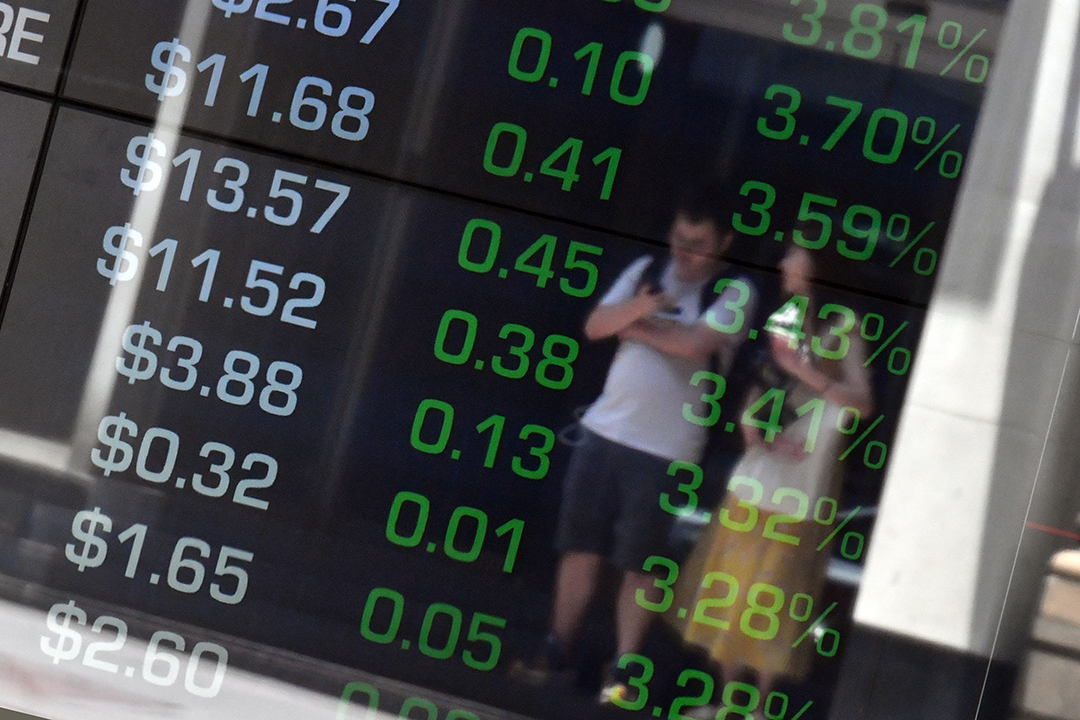

There are three main factors driving the Australian share market in February.
Firstly, the ongoing flood of funds as investors, both retail and wholesale, chase higher returns and take money out of cash and term deposits and buy shares. To call this a “flood” is not an overstatement – it is a tsunami and the biggest single factor here and abroad pushing the bull market into its twelfth year.
Secondly, the coronavirus threat. We will have to see how this plays out, but one thing is for sure – it could have a much bigger impact on Australian stocks because of our dependence on China for the export of raw commodities, and two huge local industries – education and tourism.
Finally, company reporting season is upon us. This is the time when about 75% of ASX listed companies, those with a 30 June or 31 December balance date, are required to lodge their half year or full year accounts. They have until 28 February to do this – if they fail, they will be suspended from trading.
And as share prices are ultimately a function of profits, how companies are trading and their outlook for the next reporting period are critical drivers to the performance of the stock market. If a company reports well, its share price will usually get a lift, while a company reporting badly will see its share price trashed.
Expectations for this reporting season are soft, with analysts forecasting that companies will on average grow their earnings by around 2% to 4% this financial year. Much of the growth is coming from the resources sector, where the likes of BHP, Rio and Fortescue are benefitting from strong iron ore prices. Away from resources, the outlook is pretty flat – very low single digit growth.
An exception to this dismal outlook, and a critical exception, is health care leader CSL, one of the few companies with genuine top line (revenue) and bottom line (net profit or earnings per share) growth.
CSL, the global leader in blood plasma products and number two globally in influenza vaccines, is now Australia’s second biggest company by market capitalization – accounting for a massive 7.6% of the entire ASX. On current trends, it will shortly overtake the Commonwealth Bank to be Australia’s biggest company.
If you are not familiar with the CSL “investor story”, try these quick facts:
For years, many of Australia’s major fund managers shunned CSL. They argued that it was too expensive (it trades on a multiple of around 45 times forecast FY20 earnings), was expensive on a relative basis compared to global health care peers, and that its growth trajectory was unsustainable. Retail investors also shunned the stock because it doesn’t pay a franked dividend, and the yield barely gets above 1% pa.
But these investors have been caught out, and because CSL has become so big, they can’t afford to be “under-weight” any longer. In the institutional funds’ management business, consistent underperformance relative to the benchmark index is death. An underweight position in CSL is a huge risk, even for defensive, income oriented funds, and many managers have been forced into buying CSL to minimise the tracking risk. Long “value” stocks and short “growth” stocks, they are fighting the momentum in the market which is with “growth”. Together with a shortage of stocks in Australia with top and bottom line growth, these factors are driving the rush to buy CSL and its phenomenal price performance.
In fact, CSL’s guidance for profit and sales growth in FY20 (by historical CSL standards) is relatively modest. It has guided to full year revenue growth in FY20 (on a constant currency basis and after adjusting for a change to its distribution model in China) of 10%. For profit, it has guided to a full year profit in the range of US$2,050m to US$2,110m – an increase of 7% to 10%.
CSL has a history of “over-delivering” and surprising on the upside. This is usually in the form of meeting guidance for the current period, and then re-setting higher guidance for the next period. The market will be hoping that CSL can do it again when it reports next Wednesday. If CSL meets or exceeds guidance, this will be an important confirmation for those investors who have made the switch back to growth companies such as CSL, and will be a fillip to the whole market. If CSL disappoints, the market will be tested. On form, I am betting on the former.